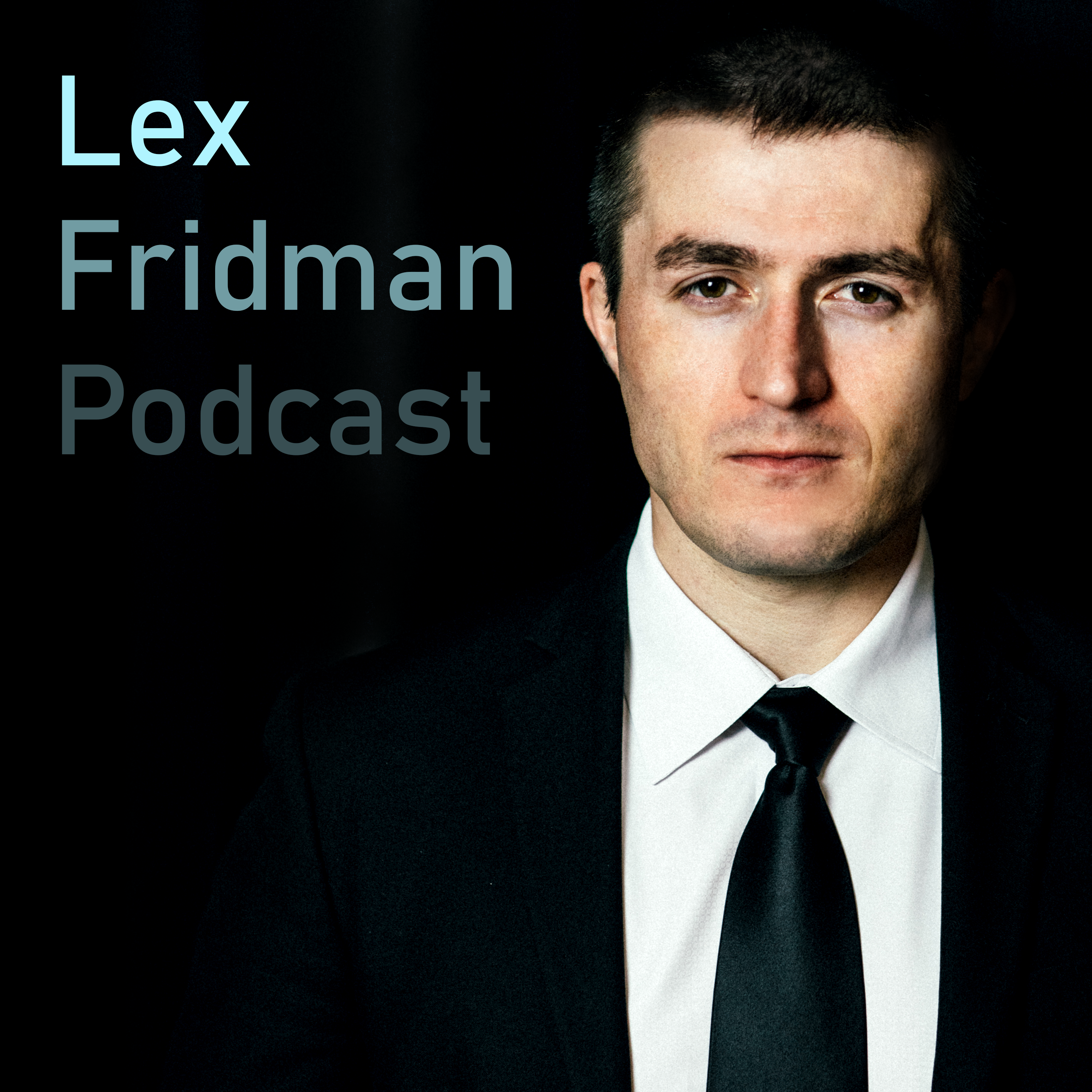Chapter

The Great Annihilation and Symmetry Breaking After the Big Bang
Scientists discuss the Great Annihilation, where particles and antiparticles collided and turned into light, and the problem of why the universe has more matter than antimatter, despite equal amounts being made during the Big Bang. They also explain how the universe underwent a phase transition which caused particles to acquire mass.
Clips
The standard model predicts that the Big Bang should have produced equal amounts of matter and antimatter which would annihilate each other, but somehow our universe is made up almost entirely of matter.
1:08:14 - 1:10:52 (02:38)
Summary
The standard model predicts that the Big Bang should have produced equal amounts of matter and antimatter which would annihilate each other, but somehow our universe is made up almost entirely of matter. Some theories suggest a phase transition early in the universe's history may have caused more matter than antimatter to be produced.
ChapterThe Great Annihilation and Symmetry Breaking After the Big Bang
Episode#92 – Harry Cliff: Particle Physics and the Large Hadron Collider
PodcastLex Fridman Podcast
The LHCB project is a great example of how international collaboration works in the world of science.
1:10:52 - 1:14:22 (03:30)
Summary
The LHCB project is a great example of how international collaboration works in the world of science. With the primary aim of expanding knowledge and a healthy level of competition between universities, the project brings together 800 collaborators from around the world.